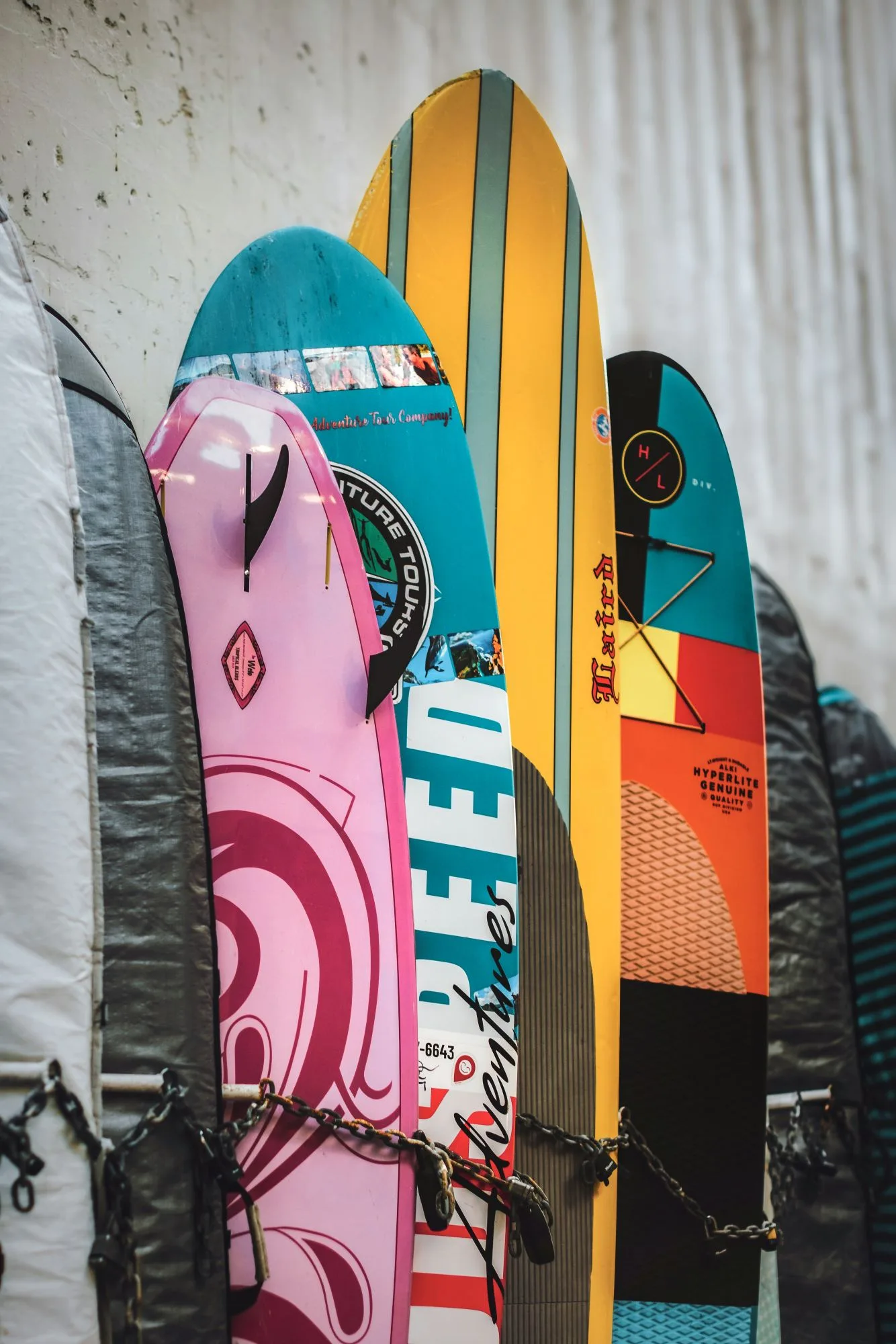
Introduction: Hawaii Beyond the Beaches
Core Elements of Hawaiian Culture
1. Aloha – More Than Hello
-
“Aloha” isn’t just a greeting—it expresses love, respect, peace, and compassion.
-
The “Aloha Spirit” is a guiding philosophy for relationships and community life.
-
Visitors are encouraged to embrace it through kindness and mindfulness.
2. Hula & Mele (Dance and Song)
-
Hula is a storytelling dance accompanied by chants (oli) or songs (mele).
-
Two main styles: Hula Kahiko (ancient) and Hula ʻAuana (modern).
-
Attend hula shows at Waikīkī, or visit Merrie Monarch Festival in Hilo.
3. ʻŌlelo Hawaiʻi – The Hawaiian Language
-
An official language of Hawaii, often used in place names and ceremonies.
-
Learn common words like “mahalo” (thank you) and “ohana” (family).
-
Cultural centers offer language mini-courses for visitors.
4. Heiau and Sacred Sites
-
Heiau are ancient Hawaiian temples used for worship, offerings, and ceremonies.
-
Visit sites like Puʻuhonua o Hōnaunau (Big Island) or Wailua Heiau (Kauaʻi).
-
Show reverence—these are living cultural spaces, not just ruins.
5. Traditional Navigation and Canoe Culture
-
Polynesians were master navigators using stars, ocean swells, and birds.
-
Learn more at the Polynesian Voyaging Society or visit a traditional waʻa (canoe).
Where to Experience Hawaiian Culture
1. Bishop Museum (Oʻahu)
-
The premier museum for Hawaiian history, language, and natural science.
-
Excellent for families and first-timers.
2. Polynesian Cultural Center (Oʻahu)
-
A full-day immersive park featuring music, dance, food, and crafts from across Polynesia.
-
Attend a luau and traditional fire-knife dance performance.
3. Puʻuhonua o Hōnaunau National Historical Park (Big Island)
-
Sacred site offering insights into ancient Hawaiian law and social structure.
-
Known as a “place of refuge” in the past.
4. Hawaiian Mission Houses Historic Site (Honolulu)
-
Learn about the impact of Western contact and missionary influence.
5. Hanapepe Town (Kauaʻi)
-
Visit during Friday art nights to explore local heritage through galleries and food.
Tips for Culturally Respectful Travel
-
Don’t take lava rocks or sand—it’s culturally and environmentally harmful.
-
Ask before entering sacred spaces, and follow posted signs.
-
Support Native Hawaiian-owned businesses and artisans.
-
Learn the stories behind songs, chants, and dances.
-
Avoid stereotypes—Hawaiian culture is living, not a costume or theme.
Travel Planning & Cultural Tours
-
Trip.com – Book cultural activities, luaus, museum passes, and historical site tours.
-
Kiwi.com – Organize flexible flights to the islands and explore different islands with unique heritage.
Summary
The culture and traditions of Hawaii are rich, spiritual, and deeply connected to the land and people. Whether you’re learning the hula, visiting a sacred heiau, or just practicing aloha in daily interactions, immersing yourself in Hawaiian culture enhances your travel experience in profound ways.
FAQs
Q: Is Hawaiian culture still practiced today?
A: Absolutely. Hawaiian traditions are alive and evolving, taught in schools, practiced in homes, and celebrated through festivals.
Q: Can tourists participate in Hawaiian cultural events?
A: Yes! Many luaus, workshops, and festivals welcome visitors, as long as you participate respectfully.
Q: Are there any dos and don’ts when visiting sacred sites?
A: Do stay on paths, don’t touch artifacts, and always show reverence—these are spiritual spaces.
Q: Where can I see traditional hula?
A: Try Merrie Monarch Festival (Big Island), Kuhio Beach Hula Show (Oʻahu), or many hotel luau performances across the islands.
Q: Is it OK to use Hawaiian words like “aloha” and “mahalo”?
A: Yes—but understand their meaning and use them with genuine respect.
